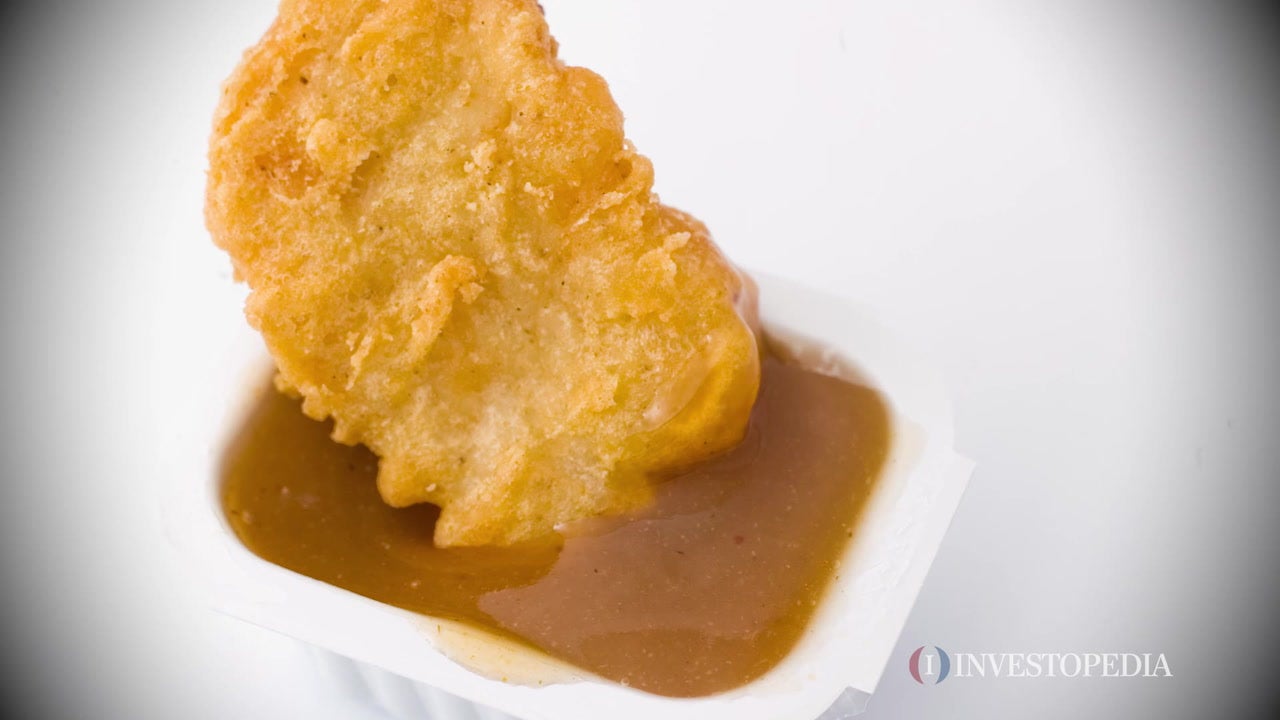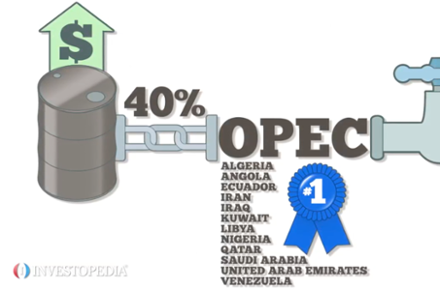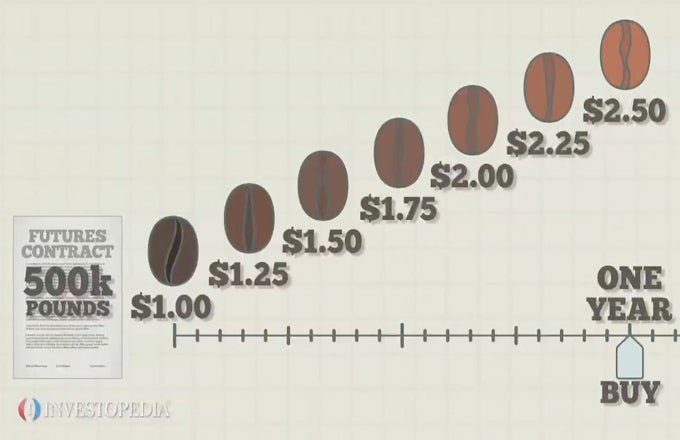While the planet’s food basket contains no single commodity that the entire world consumes, its ingredients are very similar.According to the most recent figures, the top five commodities are wheat, rice, potatoes, corn and sugarcane. Sugarcane was the most-produced, at 1.9 billion tons a year, and corn was next at 1 billion tons. Rice, wheat and potatoes have been third through fifth for years. China is deemed the “world’s factory” due to its massive manufacturing, but it’s also the globe’s largest agricultural economy. Agriculture contributes 10% to its gross domestic product. China produces the world’s most wheat, rice and potatoes, the second-most corn, and the third-most sugarcane. The United States, the world’s biggest economy with a GDP of $17 trillion, has a highly mechanized agricultural sector. That’s why agriculture employs only about 1% of its working population. The U.S. grows the most corn in the world. India’s agriculture sector contributes about 18% to its GDP and employs 45% of its population, even though its productivity and resources have modernized in recent years. Its agricultural machinery and service sectors have attracted millions of dollars from foreign investors. It produces the world’s second-most sugarcane, wheat and rice. Since the Soviet Union collapsed in 1991, Russia has evolved into a market-based economy. Its agricultural sector employs 10% of its population. Forty percent of its agricultural products are crops, and 60% comes from livestock, including wool, meat and dairy. Though primarily service-oriented, Brazil’s economy is prominent in South America. The agricultural sector employs 15% of the workforce and grows the most sugarcane in the world.





